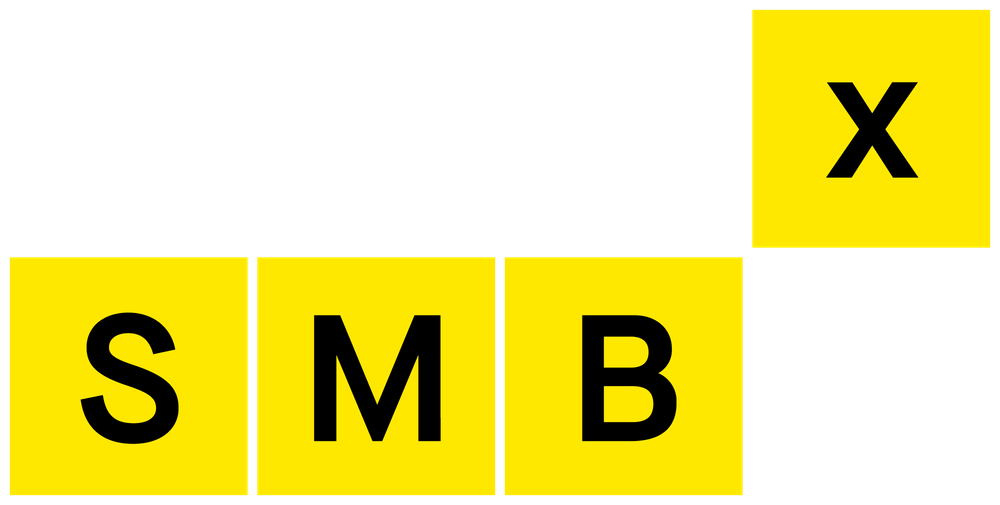When you think about investing, what’s the first thing that comes to mind? There’s a good chance you’ve conjured up an image of the 401(k) you have through your employer. Or maybe you think about an individual retirement account (IRA). These forms of investing help you save for your future.
A 401(k) or IRA might offer you a way to save for your retirement, but they’re not your only options. In fact, checking out (and possibly taking advantage of) other investments can help to diversify your portfolio, reduce your risk, and maximize your earnings. Sounds pretty great, right?
Choosing new investments can be a little stressful. It might even be a bit intimidating. But if you’re working towards financial responsibility, here are some easy ways you can begin broadening your investments.
Common Investment Options
Brokerage Account
One way to get started with investing outside of your 401(k) is with a taxable brokerage account — also commonly referred to as a taxable account or brokerage account
At first blush, a taxable brokerage account might sound like something that’s reserved solely for people who do nothing but trade stocks all day. In reality, it isn’t all that different from an IRA.
So what is it? It’s an account you open with a bank or brokerage firm that allows you to buy and sell different types of investments. You have the freedom to invest in pretty much whatever you want to, including stocks, bonds, and mutual funds. After you open the account, you make an initial deposit or set up automatic deposits from your bank account. Then you can start investing!
Not sure where to start? Many new investors begin with a couple of mutual funds, which are essentially groups of investors who pool their money to invest in something together. These funds are managed by investment professionals who select a mix of investments for you.
You can also invest in specific stocks through your account if you want. Place your order through the account and the bank or brokerage firm carries out the order. If you’re not sure what you want to invest in, you can always start by doing some research online or consulting with an investing professional.
A taxable brokerage account offers more flexibility in terms of investment options and money withdrawal than a 401(k) does, but there’s one distinct disadvantage: You don’t get any tax breaks on your contributions. You make your investments after Uncle Sam gets his cut, and you may have to pay taxes on your earnings, too.
While you might not get tax breaks on your contributions, there’s one significant silver lining: There’s no limit to how much you can contribute. And if you prefer to buy and hold on to your investments, you’re taxed at long-term capital gains rates, which may be lower than your ordinary tax rates.
Robo-Advisors
Let’s be honest here: who hasn't wished for a robot to clean our homes or walk our dogs at one point or another? If you’ve ever had a thought like this, you’ll likely see the appeal of a robo-advisor. It might not scrub your kitchen counters, but it can make investing pretty darn easy.
A robo-advisor — also called an automated investing service — involves the use of computer algorithms and software to manage your investments for you. Essentially, it allows you to put your investing on autopilot.
Services vary and can include such features as portfolio rebalancing, financial planning tools, and tax optimization. These automated advisors require very little human intervention, although most platforms do have real advisors you can speak with if you have questions.
Getting started is easy, and you can do everything online. You generally begin by filling out a questionnaire. The automated advisor runs your answers through its algorithms to help build a diversified portfolio that meets your specific investing goals. You can make regular deposits into the account, which the advisor will use to help you continue to get the most out of your money.
One of the main draws of robo-advisors is cost. Most platforms require $500 or less to get started and charge modest fees based on the size of your portfolio. Fees typically range from 0.25% to 0.5% annually. Some robo-advisors charge a fixed monthly subscription fee.
The drawback to robo-advisors is that you don’t have as much freedom when it comes to choosing your investments. The algorithm picks and chooses for you. You also have much less human interaction. While you can access a live person, you may need to pay extra.
New Ways to Invest
Equity Crowdfunding
When you hear the term “crowdfunding,” you might typically think of rewards-based platforms. These platforms typically offer a physical item — generally a product the business is raising funds to produce — in exchange for money.
Equity crowdfunding is a bit different. You still provide money, but instead of getting a tangible object, you become a stakeholder in an early-stage company. You buy shares in it. If the company does well, the value of your shares increases. In essence, you share in the success of a business you believe in.
A benefit to equity crowdfunding is that it’s accessible to everyone — accredited investors and those just looking to invest some money in a new business. The minimum investment varies from platform to platform, but many allow you to invest with as little as $100. Getting started is easy, too. After you sign up with an equity investing platform, you can view the various businesses you can invest in and choose the ones that resonate with you.
The drawback to equity crowdfunding is that it can be risky. You’re putting your faith — and your money — into a new business that doesn’t have a proven track record. If the business doesn’t do well, neither does your investment.
Debt Crowdfunding
Debt crowdfunding can be a lower-risk form of investing that provides a fixed return on your investment. Basically, you provide money to a business with the expectation of getting paid back plus interest. In a way, you’re kind of like a one-person bank (but you don’t have to worry about dressing the part of a lender).
If you want, you can invest smaller amounts of money in multiple projects, so you don’t keep all your eggs in one basket.
One advantage of debt crowdfunding is that there are websites out there that make investing in small businesses a breeze. Many platforms have minimum requirements for investing. A number of them require at least $100 — and some start at $25,000!
Other platforms, like SMBX, let you start investing with as little as $10. In most cases, you don’t have to be an accredited investor, either. If you’re 18 or older and have a valid bank account, you can invest through debt crowdfunding. This makes investing more accessible to more people.
Through these types of investments, you can help small, local businesses — possibly within your own community — to thrive and achieve their goals. You can also earn up to 10% interest* in the process. It’s a win-win.
Start Investing Outside of Your 401(k) or IRA
Investing your money is a great way to grow your wealth. The best part is that you don’t have to be among the super-wealthy to do it — nor are you limited to only the 401(k) your company offers or an IRA. You have options that can help you to achieve your financial goals.
Are you interested in growing your wealth while also helping small businesses achieve their dreams? Visit SMBX to get started for as little as $10 today.
*All estimated returns on principal + interests are not guaranteed. The statement is based on the following assumptions: 1) an offering successfully closes and an investor is allocated a Bond or Bonds, 2) that the investor holds their Bonds to maturity and 3) that there are no defaults made by the issuer on any of the Bond payments from issuance to maturity.
 Blog
Blog
